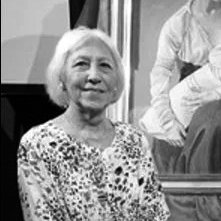The exhibition "Giano-Culsans. Il doppio e l’ispirazione etrusca di Gino Severini. Dalle collezioni dell’Accademia Etrusca di Cortona" is dedicated to the theme of dualism and the double, in the two-faced, physical and symbolic relationship of dialectic and opposition. The protagonists are two Etruscan small bronzes from the 3rd century B.C., which are in turn compared with two sculptures by Gino Severini (1883-1966). The first of the two 3rd century BC Etruscan bronzes is Culsans, the Etruscan deity corresponding to the Roman Janus; the second is Selvans, god of the forest and agrarian activities.It is precisely from the Etruscan Culsans that Severini was inspired to create the two sculptures on display: the first is Giano bifronte, a bronze made in the early 1960s, while the second is a posthumous casting made at the behest of his daughter Romana Severini. Severini is an artist who has always shown interest in the Etruscan world, and more generally in the archaeology of his homeland with a strong connection to Cortona, his home town. An assiduous visitor to the Museo dell'Accademia Etrusca, he has often been inspired in his works by the finds preserved in the museum.The catalogue accompanying the exhibition, in addition to highlighting Severini's relationship with Etruscan art, delves into his bond with Pablo Picasso, another artist fascinated by the ancient world and the Etruscan one in particular, through the re-presentation of an exchange of letters dating back to 1958.
Discover

